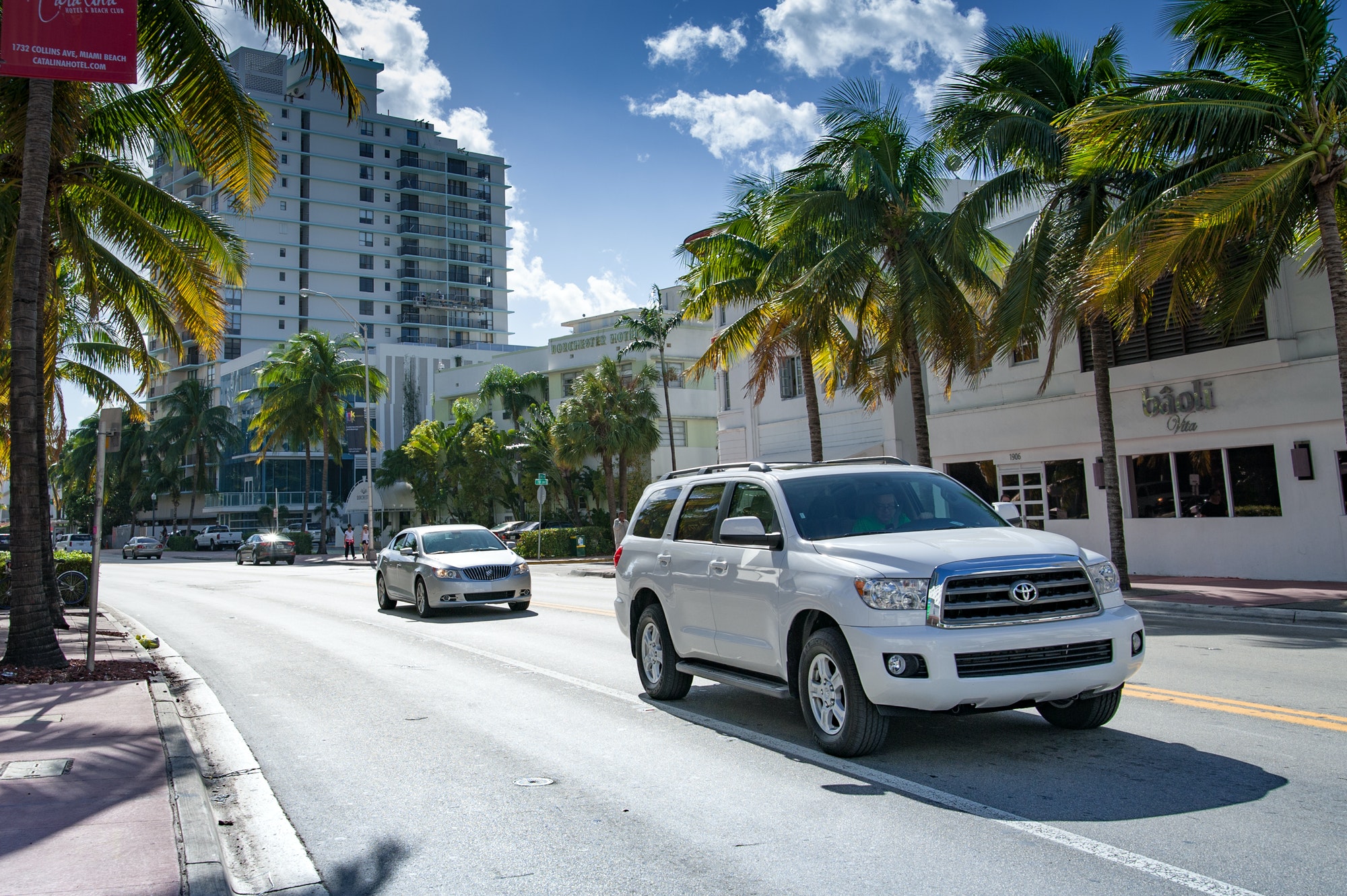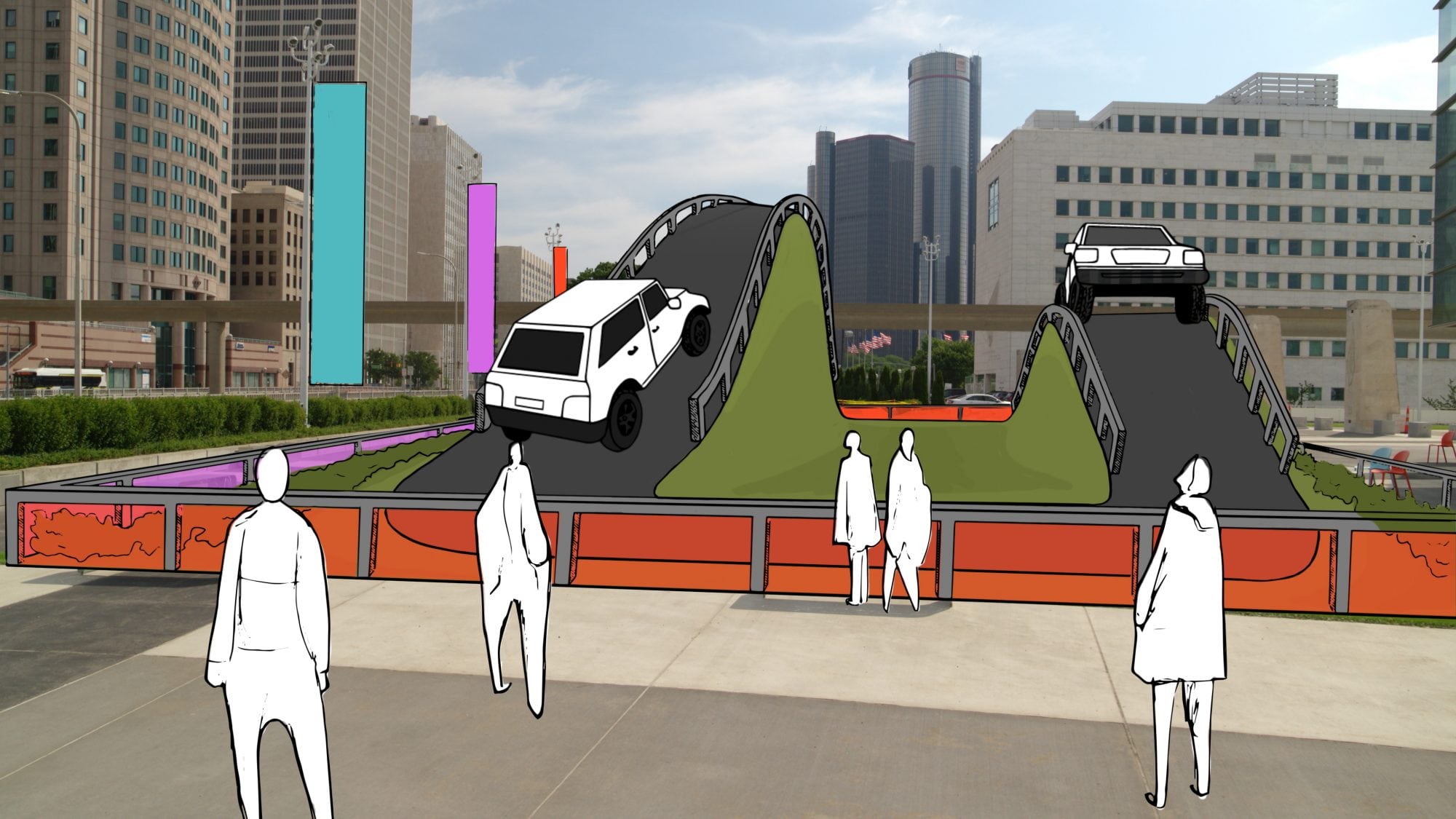As a parent, you’re on the job 24/7. Driving your kid around town is just one of your many responsibilities, but it’s important. You need to make sure they’re safe, and for that, you’ll need the right car seat.
However, a trip to any big-box department store reveals a ton of choice. Which one is right for your baby? Here’s a complete car seat guide for each stage of your child’s growth.
Select the Right Design for Your Child’s Age
Car seats come in four basic styles, and the right one for you will change as your child ages. They are, in order:
- Rear-facing car seats: These models suit the youngest riders and are overall best in terms of safety.
- Forward-facing car seats: These give your child a chance to see the world.
- Booster seats: These help growing children adjust to adult seat belts.
- Seat belts: As a parent, please set a positive example by always buckling up.
Car seats save lives. In 2018 alone, a third of the children who died in auto accidents were not buckled up correctly. Choosing the right device for each stage is vital.
Your child will probably use a rear-facing car seat until they reach age two or up to 50 pounds, although your little one’s height may necessitate a faster transition. These models cradle your infant’s delicate head and spinal cord and move with them in case of a crash. They offer maximum protection but won’t let your child see much.
After age two, many children segue to a forward-facing car seat. These models come with a harness that restrains your child during a crash.
Your growing toddler may clamor for a move to this style of seating, but don’t jump too quickly. The reason lies in the head. An infant’s head comprises 25% of their body weight. Even adults can get whiplash — the effect is far more pronounced in younger children whose head makes up a bigger percentage of their body. Safety experts recommend keeping your child in a rear-facing seat as long as possible.
After moving to a forward-facing car seat, a booster seat allows your vehicle’s seat belt to fit snugly over your child’s chest and shoulders. You can find models with backs and without them — those with this feature work well in vehicles without tall neck rests.
Your child should continue using a booster seat until they reach a height of 4 feet, 9 inches. In most children, this switch occurs between the ages of 8 and 12.
Choose Where to Install Your Car Seat
Another question you must consider is where to install your child’s seat. Please do not install a rear-facing car seat in the front passenger seat with an airbag on that side. If an accident occurs, the airbag will open with tremendous force. If you can deactivate this device, you can use the front-seat option, but rear-seat installation is far safer.
The rear seat is safer as your child has less chance of becoming a projectile if the chair isn’t installed perfectly. The middle rear seat is debatable. Your child has more protection from a side-impact collision, but they have less padding in front of them.
The best position may be your passenger side rear seat. This placement allows you to get your child in and out of the vehicle without putting yourself in traffic the way they would be if they were behind your driver’s seat.
Convertible? Hand-Me-Down?
Car seats come in three basic designs:
- Rear (or front) facing only: These models only work in the direction specified on the packaging.
- Convertible: These versions transform from rear-facing to front-facing as your child grows.
- All-in-one: This last option includes a booster seat for every stage of your child’s development.
It seems as if the last option is best for budget-conscious families, but this rule doesn’t always hold. The most critical feature is to ensure your selected model meets safety requirements and makes you feel comfortable using it. Naturally, the car you get now is going to be far from the car you would’ve gotten in high school.
Car seats are expensive. What if someone offers you a hand-me-down model? Unless you can verify that the device was never in a crash, it’s best to say no. The National Highway Traffic Safety Administration specifies standards for reuse after a serious accident.
Heed These Car Safety Tips at Any Age
Regardless of the car seat model you choose, you also need to follow common-sense rules while on the road with your precious little ones. Please follow these safety guidelines each time you run an errand, and tell your kids these limits apply when they ride with other people, too:
- Always buckle up or use the appropriate seat: Many accidents happen close to home.
- Secure other belongings: These can become dangerous projectiles.
- Keep your children with you: Never leave them unattended in a car — even for a few moments.
New Parents, Please Follow This Complete Car Seat Guide
As a parent, you need to safeguard your child at all times. Please follow this complete car seat guide to protect your children on the road.









